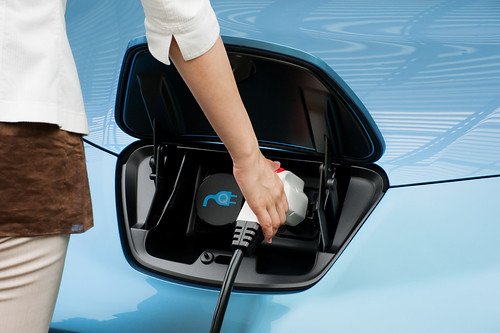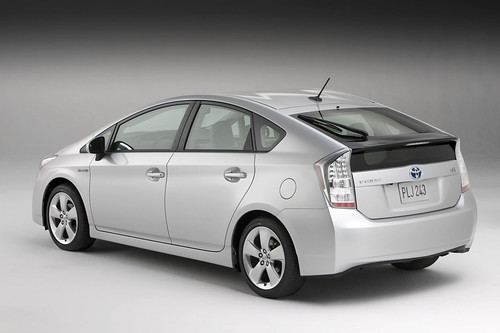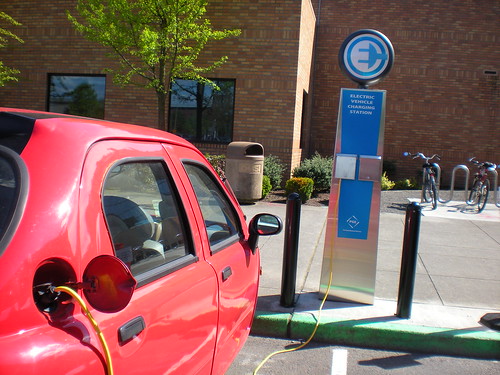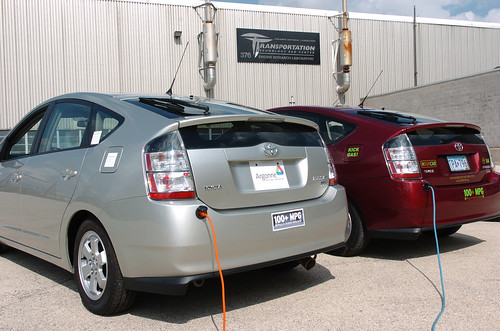Uncle Sam goes for a pricey “green & clean” image makeover – GSA Offers 5,600 Hybrids (Including 100 Plug-In Hybrids) To Federal Agencies
(Source: Edmunds.com, Green Car Congress & Federal Times)

Image Courtesy: via Apture
The US government’s General Services Administration (GSA) this summer took delivery of the first of more than 5,600 hybrid vehicles ordered earlier this year, and will make the vehicles—almost all of which are Ford Fusion hybrids—available to various federal agencies under GSA lease agreements as they are delivered.
GSA previously purchased 1,600 hybrid vehicles using revenue from the sale of older vehicles that agencies exchanged last year when they received funds for new vehicles through the American Reinvestment and Recovery Act (ARRA) of 2009.
GSA director of Motor Vehicle Management Bill Toth noted, however, that each Fusion hybrid costs $11,214 more than the fleet’s “non-hybrid alternative” sedan, a 2010 Chrysler Avenger.
But due to the $11,214 hybrid premium of the fuel-efficient Fusion, Toth said, he doesn’t “know that we’ll see the numbers we’ve seen in the last two years continue at that pace without some sort of infusion of capital.
“They’re very expensive vehicles and when you look at meeting your mission … and one [vehicle] is $10,000 cheaper than the other, capital’s limited. It’s tough to make that jump,” he said.
Almost all of the hybrids the GSA purchased are 2010 Ford Fusion Hybrids , a mid-sized sedan that’s second in class in fuel efficiency only to the Toyota Prius. The Fusion get 39 mpg in combined city and highway driving and emits 4.8 tons of carbon dioxide annually, or 2.7 tons less than the nonhybrid version.
The vehicles will be placed in clusters near where manufacturers are delivering them to ensure that the vehicles can be serviced by mechanics trained in the new technology, Toth said.
Charging stations will be installed where the vehicles will be housed, and GSA is exploring the potential to partner with industry or other users to share the expense of installing the stations. GSA also hopes to pilot different energy sources for the stations, including solar and wind power in addition to standard electric power, he said.
Related articles by Zemanta
- GSA To Make 5,600 Hybrids Available To Federal Agencies, Including 100 Plug-In Hybrids; Cost Still An Issue (greencarcongress.com)
- Enova Secures United States General Services Administration (GSA) Exclusive Contract to Supply the Enova Ze: All-Electric, Walk-In Step Van (eon.businesswire.com)
- GSA Proposes Zero Environmental Footprint (greenbuildinglawupdate.com)













